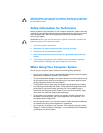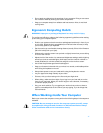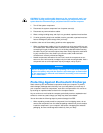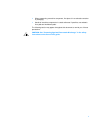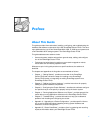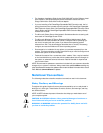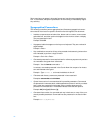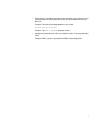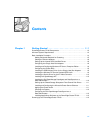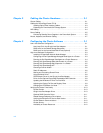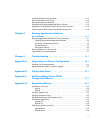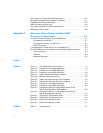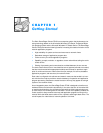Special offers from our partners!

Find Replacement BBQ Parts for 20,308 Models. Repair your BBQ today.

xiv
Some warnings may appear in alternate formats and may be unaccompanied by an
icon. In such cases, the specific presentation of the warning is mandated by regula-
tory authority.
7\SRJUDSKLFDO&RQYHQWLR QV
The following list defines (where appropriate) and illustrates typographical conven-
tions used as visual cues for specific elements of text throughout this document:
Interface components
are window titles, button and icon names, menu names
and selections, and other options that appear on the monitor screen or display.
They are presented in bold.
Example: Click OK.
Keycaps
are labels that appear on the keys on a keyboard. They are enclosed in
angle brackets.
Example: <Enter>
Key combinations
are series of keys to be pressed simultaneously (unless other-
wise indicated) to perform a single function.
Example: <Ctrl><Alt><Enter>
Commands
presented in lowercase bold are for reference purposes only and are
not intended to be typed when referenced.
Example: “Use the format command to . . . .”
In contrast, commands presented in the Courier New font are part of an instruc-
tion and intended to be typed.
Example: “Type format a: to format the diskette in drive A.”
Filenames
and
directory names
are presented in lowercase bold.
Examples: autoexec.bat and c:\windows
Syntax lines
consist of a command and all its possible parameters. Commands
are presented in lowercase bold; variable parameters (those for which you substi-
tute a value) are presented in lowercase italics; constant parameters are
presented in lowercase bold. The brackets indicate items that are optional.
Example: del [
drive
:] [
path
]
filename
[/p]
Command lines
consist of a command and may include one or more of the com-
mand’s possible parameters. Command lines are presented in the Courier New
font.
Example: del c:\myfile.doc



